The combine kicked up a cloud of dust as it rolled past, snatching soybeans out of Eastern Shore dirt. Across the road, another combine did the same. It’s a familiar harvest season scene in Kent County, where more than half the acreage is considered prime farmland.
Albert Nickerson leaned on the back of his Ford pickup and watched his brother-in-law pilot the giant harvester. Nickerson doesn’t work the land, but his wife is a sixth-generation farmer. His oldest son is seventh. Nickerson is a contractor and Republican county commissioner. His blue eyes welled with tears when he talked about how much this place means to him.
“Short of my kids, my wife, God, I mean this is just right up there with the next thing to be important for me,” he said.
With roughly 19,000 residents, Kent County is Maryland’s smallest by population. Grain sales are an $89.5 million industry, second-highest in Maryland. Geographically isolated, the county’s sprawling farms and multigenerational farmers give it a frozen-in-time feel.
The Baltimore Banner thanks its sponsors. Become one.

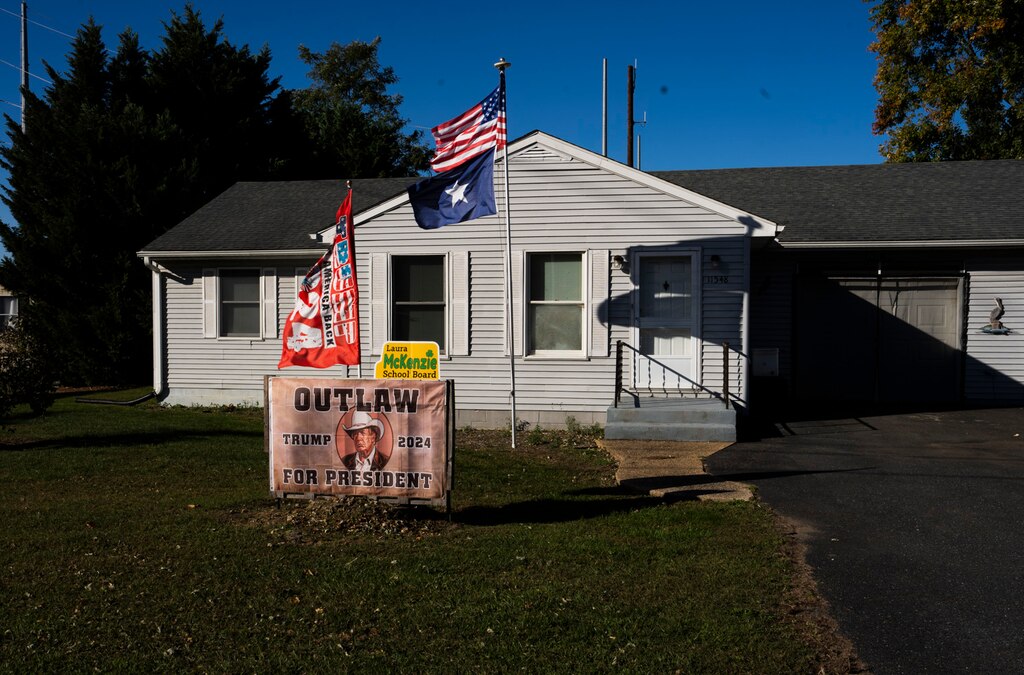
But a pandemic influx of wealthy outsiders, remote workers and early retirees from liberal enclaves like Washington, D.C., Baltimore and Philadelphia — native Kent Countians might call them “chicken-neckers” or “come-heres” — is nudging the county’s electorate to the left.
Gov. Wes Moore won the county in 2022, the first time since 1986 that a Democrat in the governor’s race prevailed, and President Joe Biden won the county in 2020, after residents had picked Republicans in the previous two elections.
As this Election Day nears, the presidential race pits former President Donald Trump and his “Make America Great Again” against Vice President Kamala Harris’s “A New Way Forward.” In places like Kent County, those aren’t just campaign slogans. These communities are trying to balance tradition and progress without a clear roadmap for the future.
Kent County’s newcomers are mostly moving to Chestertown, the county seat nestled on the banks of the Chester River. With slightly more than 5,500 residents and a bustling downtown with shops, restaurants and a glut of 18th century homes to rival Annapolis, Chestertown might as well be the poster child for the small-town America that moneyed city dwellers sought out during the heights of COVID-19.
They own second homes, or they commute back to their urban centers for work. One woman, a real estate agent named Kat Conley, said she has split time between Chestertown and D.C. for more than a decade.
The Baltimore Banner thanks its sponsors. Become one.
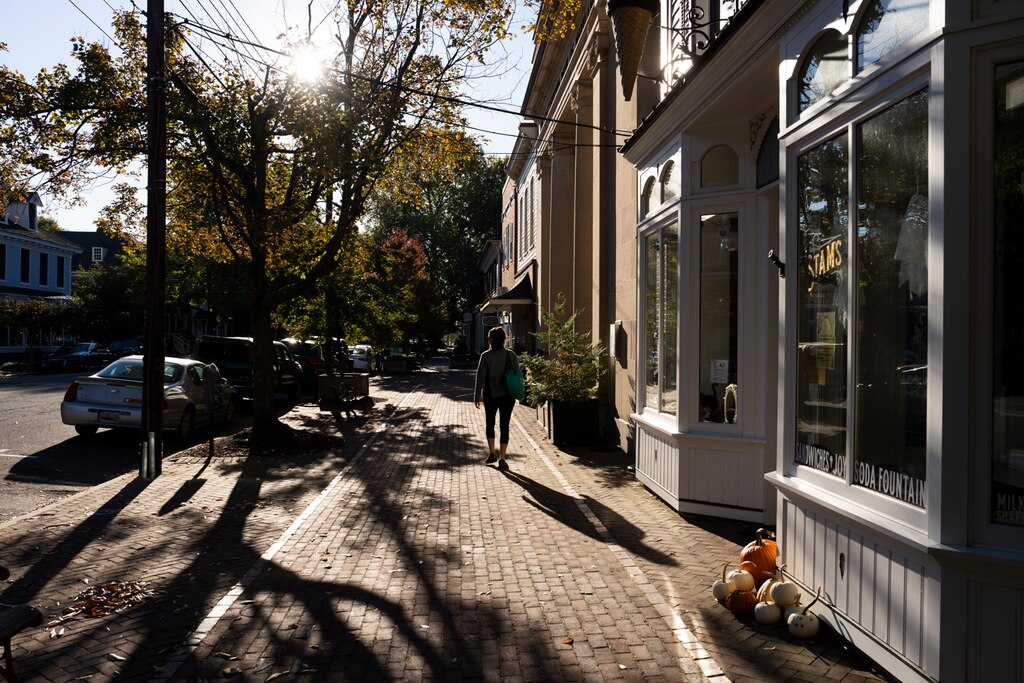
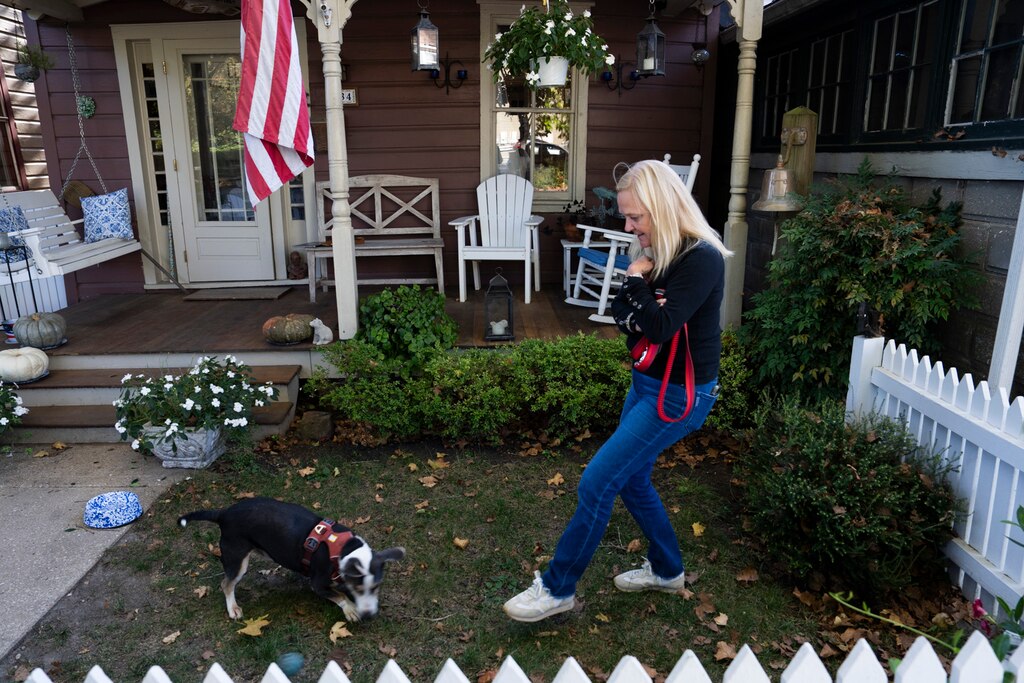
It does not take many people to swing an election here (Biden won the county by 134 votes), and the population is so small it doesn’t much factor into statewide or national contests. But the blue shift could have wide-ranging implications for local matters.
“I think that Kent County is a microcosm of the entire country,” Nickerson said. “I’ve been fortunate enough to be able to travel to some places. I was in Colorado a few years ago, and I was talking to a ranch manager, and we were talking about the same exact thing going on out there.”
The ranch manager spoke of billionaires flooding in and trying to change the area’s way of life.
Fewer people work on farms in Kent County than in years past as automation increases. And most everything that’s grown isn’t even for human consumption — it’s used for chicken feed.
Kent County is surrounded on three sides by water, and people used to make a living off the Chesapeake Bay. The number of watermen is dwindling, too. The most reliable employers are the Dixon Valve & Coupling Company, which makes hose fittings, and the LaMotte Company, which makes water-test kits.
The Baltimore Banner thanks its sponsors. Become one.


The public school system has seen declining enrollment, and in 2020, the county recorded a population loss for the first time since the 1940 Census. The county’s median age is nearly a decade older than Maryland’s, and fewer people have college degrees than the state average.
The county’s overall changes can seem at odds with the scene in Chestertown. On a recent October weekend, there were packed restaurants, crowded sidewalks, a classic car meet and a farmers market that shut down the town’s main street. It’s also a liberal bubble.
Pride flags hang from storefronts, and placards that proclaim all races, genders and sexual orientations are welcome hang in windows. Where Trump signs dominate the countryside, it’s not uncommon to see downtown homes displaying yard signs supporting Harris.
One such home belongs to Michael McDowell, an Irishman who arrived in Chestertown by way of D.C. A former journalist who had a second career working in international relations, McDowell moved to town in 2017 when he and his wife purchased an 18th century home that was first owned by a member of the Continental Army who had slaves.
Seated in an armchair in his meticulously preserved, wood-paneled living room, McDowell — amid plenty of asides about national politics and his views of the Republican county commission (the three deplorables, he called them) — described a sort of intellectual elite that make up many of Chestertown’s historic homeowners.
The Baltimore Banner thanks its sponsors. Become one.
“It’s a fascinating community,” he said. “We have law partners, surgeons, psychiatrists, State Department people, USAID [United States Agency for International Development]. Oh, we’ve got six CIA people.”

A self-described social democrat, McDowell said the appeal of Chestertown for these older elites is its unique blend of an urban environment and tight-knit community. But their presence has a drawback for the non-elites: The cost of housing has skyrocketed in recent years. McDowell and his wife bought their home for $368,000. A Zillow estimate suggests the house would sell for twice that now.
Kent County has the sixth-highest property tax rate of any county in Maryland. Chestertown levies an additional tax and, combined with the county’s, the property tax rate for town residents is greater than that for Annapolis residents. McDowell said he and his wife have an annual tax bill of $8,000.
High property values and relative population density have given the town an outsized importance in the county’s economic picture.
Owen Bailey, a town native and director of policy and land use at the Eastern Shore Land Conservancy, said Chestertown makes up 1% of Kent County’s land but accounts for more than one-quarter of the population and one-fifth of its wealth based on property values alone.
The Baltimore Banner thanks its sponsors. Become one.
Scarcity plus increased demand has left many younger, longtime residents largely priced out.
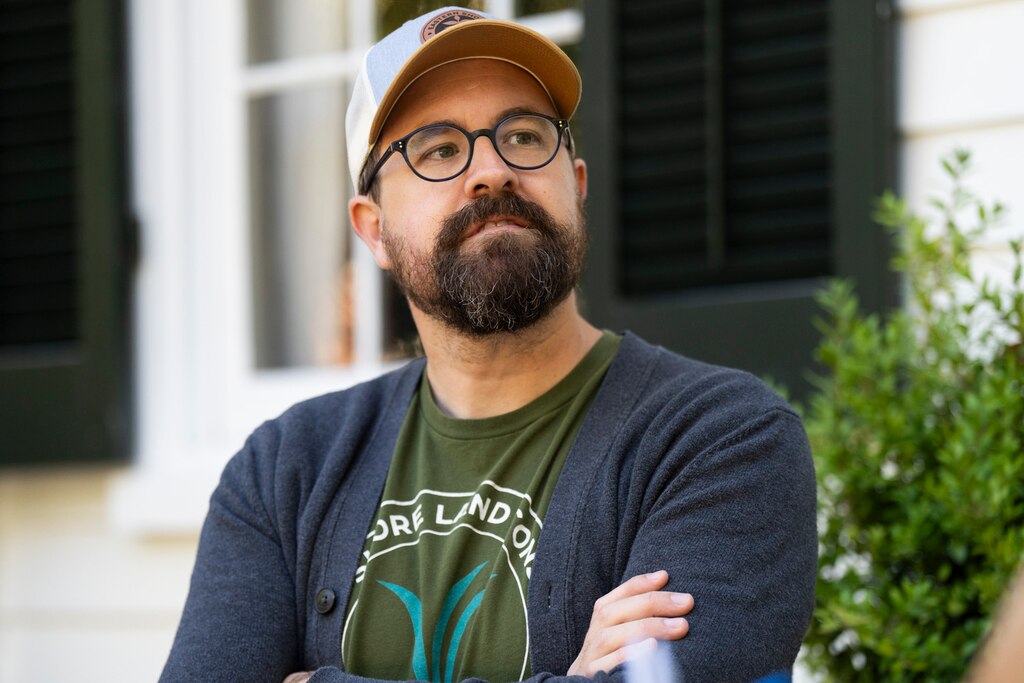
Bailey lives in a three-bedroom home outside of the downtown neighborhood with his wife and two children. They would like to purchase a bigger home, Bailey said, but realistically cannot afford it given the market. The conveniences of living in town outweigh the desire for greater space out in the county, meaning he’s planning to stay put and make do.
Many others in that spot might leave the area altogether.
Kim Penny is in a similar squeeze. She’s a math teacher at the county’s only middle school, and works a second job as a server at The Retriever, a restaurant that sells both its version of a Big Mac and high-end liquor. She lives with her mom a few miles out of town in order to save money, and hopes to purchase a place of her own.
“Everything’s so expensive,” she said. Millennials like Penny who work in town tend to share the older, wealthier homeowners’ liberal politics. But they question whether they have a future in Kent County.
The Baltimore Banner thanks its sponsors. Become one.
Tess Jones, a manager at an independent bookstore called The Bookplate on the town’s main drag, had until recently been living with her partner and their children in a rental her parents own. She and her partner scraped and just bought a house. At 35, Jones said her day-to-day finances and Chestertown’s cost of living doesn’t leave her with much of a cushion to build retirement savings.
She said Kent County’s younger residents who stay are doing so in spite of financial reasons to leave.
“You live here because you love it, you’re invested in the community. And then there are a lot of very, very wealthy older people who, honestly, pay the taxes,” Jones said. “It’s a hard balance.”
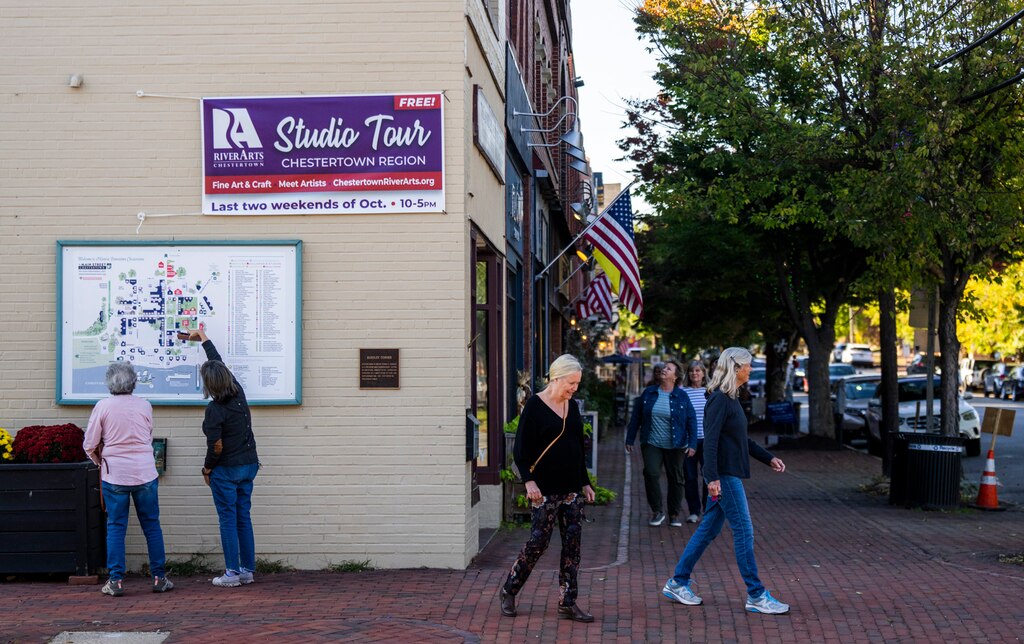
Like everywhere, Kent County’s politics don’t neatly break down as urban versus rural or wealthy versus working-class.
The county has voted fairly erratically in local races. The entire county commission is Republican — although commission President Ronald Fithian was a Democrat until 2020, when he felt the party had gone too far left and “left me behind” — and so is the sheriff. But the clerk of court and state’s attorney are both Democrats.
That has more to do with the intimate nature of a small place than a citizenry’s desire to have a bipartisan government at the local level, said Pat Nugent, director of civic engagement at Washington College, a private liberal arts school in Chestertown that helps give the town its buzzy feel.
He said the “manufactured divisions” in state and national politics do not hold up at the hyperlocal level. At least not when a voter and an elected official are liable to run into each other at the post office or the grocery store with some regularity.
“It kind of forces people to be decent to one another, or it encourages people to be decent, generally speaking,” Nugent said.
Examples of the civility Nugent pointed to abound. Kent County Democratic Club President Bill Flook said the former Republican sheriff, now also a county commissioner, was one of the “more enlightened” sheriffs on the Eastern Shore, and that his replacement, another Republican named Dennis Hickman, is a “great guy.”
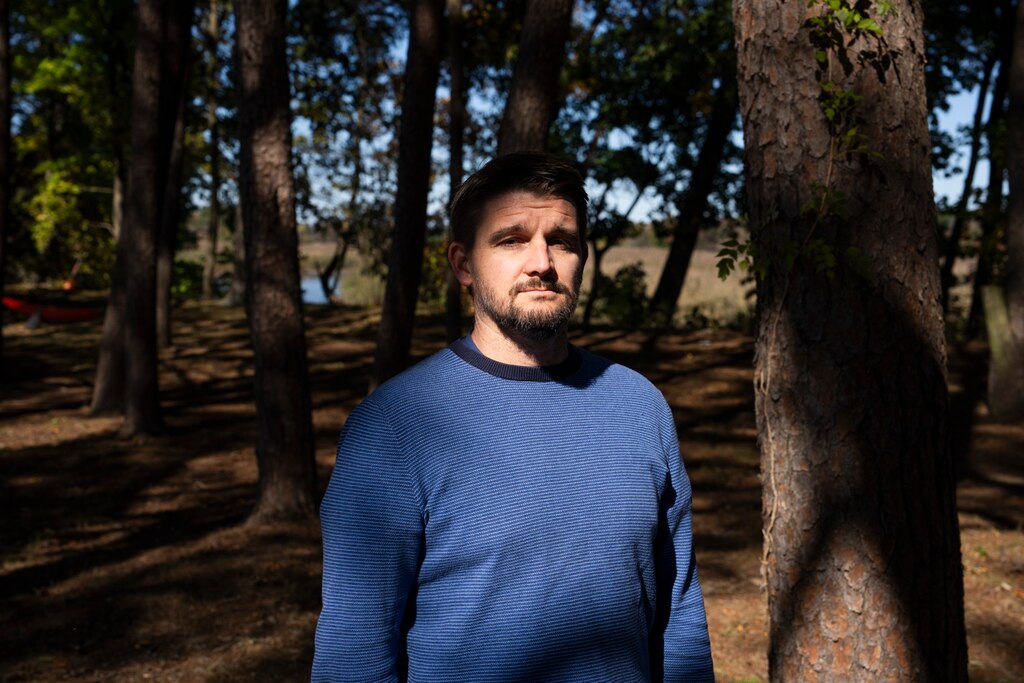

Not everyone is singing “Kumbaya.”
Paul Tue III is co-founder of the Black-led nonprofit Minary’s Dream Alliance, which plays a vital role for people of color in a county that is more than 80% white. Tue, who is Black, has lived in Kent County for 17 years and said local politics can be “very much good old boyish.”
“I don’t want to throw the politicians under the bus,” he said. “If you know how to access them, they’re more than accessible. But if you don’t, then I think it would be impossible for you to feel heard or represented.”
Working-class Black residents might not be able to name a single local official, Tue said, because it’s hard to get too involved in electoral politics when they’re “catching hell” trying to put food on the table or trying to make rent.
There has been some sense of progress, Tue said, at least compared to other Eastern Shore counties. Colleagues from across the Chester River have told Tue that they think Chestertown is the most progressive place east of the Bay.
“I didn’t feel this place was very progressive when I first got here, but you have people on the outside [of the county] looking in saying, ‘I wish I could do that in my community,” he said of Minary’s Dream Alliance.
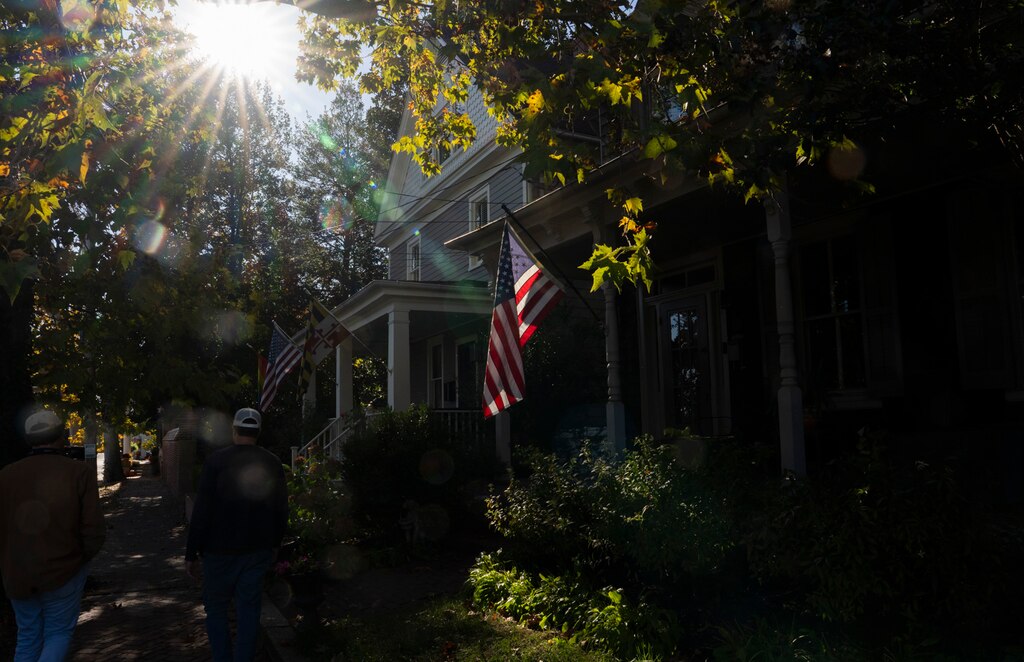
Tue attributed the progressive turn in part to the wealthy people who move to town and want to get involved in local politics.
“They’ve gone out intentionally to form relationships with people who are not in their tax bracket,” he said. But he also feels the squeeze caused by their presence.
Political progressiveness does no good if people cannot find a way to balance the desire to preserve the charming small-town feel with a need for economic development and growth. This is often where Nickerson’s thoughts land.
On a drive through the countryside, he pointed to some of the county’s markers from his 55 years of living there. It was a nostalgia tour.
There’s the former dairy farm where he worked as a high school student. There’s the former general store in the town of Still Pond, which stopped being an actual town a long time ago. There’s the old country church, Still Pond United Methodist, where he and his wife got married, and there’s the graveyard where his ancestors’ headstones are the oldest in it.


Eventually, he turned onto Still Pond Neck Road, a short-ish country lane that dead-ends at the Chesapeake Bay. He and his wife own almost all the land to the left. He drove up a gravel path, toward his house, which dates to the 1700s and sits on a knoll. Follow the path farther and you come down to the backside of his property, through a stand of trees and into a clearing with a dilapidated cottage and a pier that juts into Still Pond Creek.
This is a place that won’t change, at least not for a while. With the help of the Eastern Shore Land Conservancy, Nickerson obtained an easement that essentially preserves his farm as open space in perpetuity.
“If I have anything to do with it, for the next 1,000 years you will be able to come down here and see Still Pond Creek,” he said, beaming.
Nickerson can control that. For as long as he is in office — he’s in his second year of his first term — he also has a say in what happens to Kent County.
But how do you balance change and progress against the desire to hold onto what used to be? It’s a question that keeps him awake at night.
“I wish you had the answer for me,” Nickerson said. “I really do.”





Comments
Welcome to The Banner's subscriber-only commenting community. Please review our community guidelines.